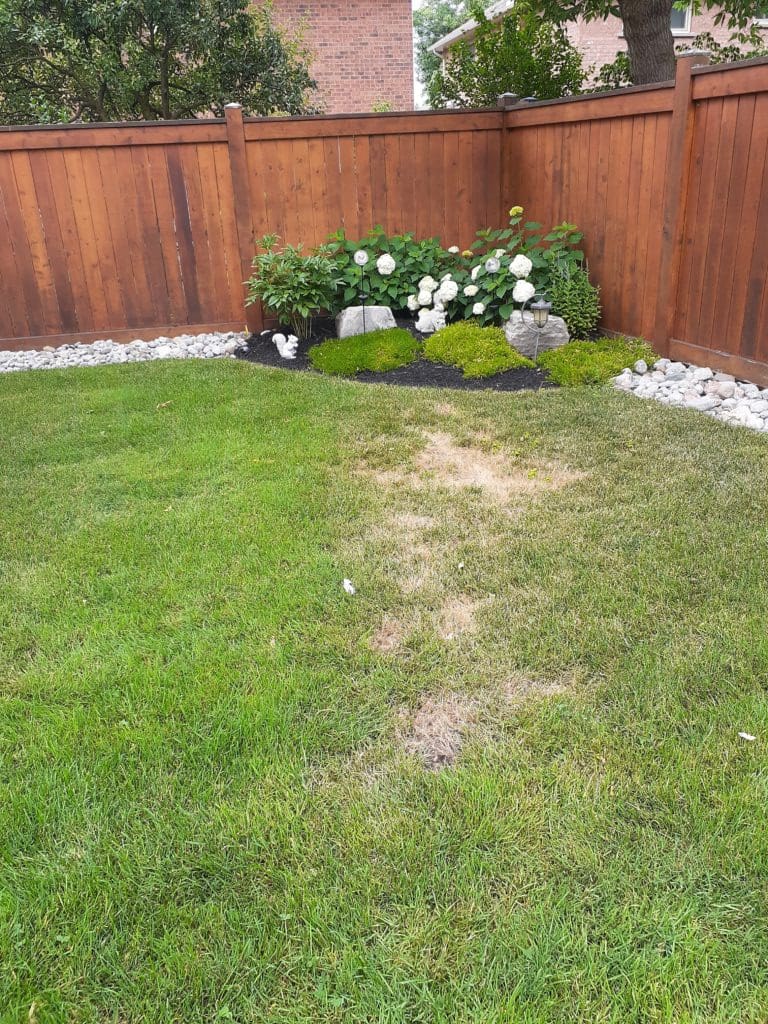Chinch Bugs
Read MorePosted on: Jun 28, 2023Raunie
Introduction
Chinch bugs are a common turf damaging insects that plague Ontario lawns in the peak of the summer months. Chinch bugs thrive in very hot and dry conditions. The damage is caused by them sucking the nutrients right out of the grass blade, leaving yellow, dry, and, dead patches throughout your lawn.
When do Chinch Bugs Appear?
Chinch bugs typically hide in the soil of garden beds, bushes, and, shrubs as the weather is getting warmer. This creates a perfect breeding spot for adult chinch bugs to extend their family. Once the weather gets hot, dry, and, especially humid it is the optimal time for them to venture out into the lawn to feed. This typically happens during July and August when the temperatures and humidity are at its highest.
What Do They Look Like?
In order to prevent the damage, it is important to know what they look like so you can get ahead of it. When chinch bugs are newly hatched they don’t make as much damage as the adults. The bugs are red in colour and are tiny in size. As they grow they begin to turn black and start to develop an “X” pattern on their back.

Where Does the Damage Typically Occur?
The damage typically stems from garden beds and works its way out into the center of the lawn. The affected areas will also appear to sit lower than the rest of the grass. If you happen to see an odd yellow patch extending from your garden it is key to check immediately as the damage can be fast and furious.

How do I know if I have an Infestation?
A visual inspection is always the first approach. You can do this by parting the grass, right down to the roots, with your hands along the edges of the discoloured area and look for them. They are very small but you should see them scatter as you move throughout the area. It is important to check multiple spots to ensure you’re getting a good understanding of where they are so you can prevent future damage.
Another method is known as “the tuna can method”. Simply cut the top and the bottom off of a tuna can and stick it in the ground around the affected area. Ensure you get the can about 2cm into the soil to capture the bugs. Next, fill it with water and wait. You’ll know you have these pesky creatures if a number of black bugs with small “x’s” on their backs float to the surface.
Conclusion and Prevention
Chinch bugs thrive in dry weather; they usually do not affect a moist lawn. The best defense against these little menaces is watering at least 2 times per week for an hour in each spot. Remember, your grass requires water to stay healthy and chinch bugs cannot survive in moist conditions so water, water, water!

